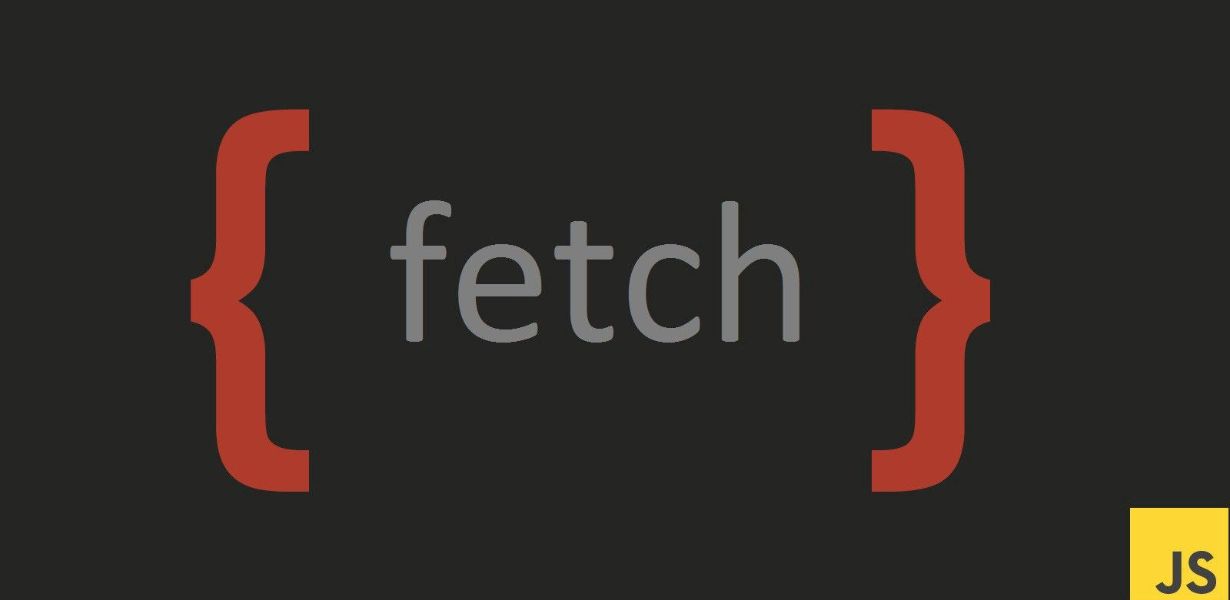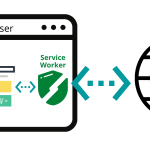
Harnessing the Power of Asynchronous Operations: A Deep Dive into Fetch API 2.0
- Post
- August 8, 2023
- Fetch API, Web APIs, Web Technologies
- 0 Comments
In the fast-evolving landscape of web development, where responsiveness and user experience are paramount, the Fetch API has emerged as a cornerstone technology. By facilitating asynchronous data retrieval from servers, the Fetch API has played a pivotal role in enhancing the efficiency and speed of web applications. In this comprehensive guide, we embark on a journey to explore the nuances of Fetch API 2.0, uncovering its potential and how it can be wielded effectively to create seamless user experiences.
Understanding the Fetch API: A Primer
At its core, the Fetch API is a JavaScript interface that allows developers to make network requests to a server, retrieving resources like data or files. The native nature of Fetch API simplifies the process of fetching resources, providing a more intuitive and flexible alternative to the XMLHttpRequest.
Key points:
- Fetch API offers a promise-based structure, enabling cleaner and more readable code.
- It supports a wide range of data formats, including JSON, XML, and text.
- Cross-origin requests can be managed using the same-origin policy or CORS headers.
Asynchronous Operations and their Significance
Asynchronous operations have revolutionized web development by enabling non-blocking processes, ensuring that the application remains responsive even during resource-intensive tasks. Fetch API capitalizes on this concept, allowing developers to initiate network requests without stalling the main thread, thereby enhancing the user experience.
Key points:
- Asynchronous operations prevent the “blocking” of code execution until a response is received.
- Fetch API leverages JavaScript’s Promises, ensuring seamless handling of asynchronous requests.
- Parallel requests can be efficiently managed, boosting overall application performance.
Fetching Data with Fetch API 2.0
Fetch API 2.0 introduces enhanced capabilities that empower developers to optimize data retrieval processes. The syntax remains concise and intuitive, while the addition of new features bolsters the API’s versatility.
Key points:
- Fetch API 2.0 maintains backward compatibility with the original version.
- Request and response objects have been enriched with new properties and methods.
- The new
AbortControllerandAbortSignalinterfaces allow for request cancellation.
Efficient Error Handling and Responses
Error handling is a crucial aspect of any web application. Fetch API 2.0 provides developers with refined mechanisms to handle errors gracefully, improving user experience and aiding debugging.
Key points:
- The new
response.okproperty simplifies checking for successful requests. - Network errors and server responses can be differentiated using status codes.
- Custom error classes can be employed for targeted error handling, enhancing code organization.
Optimizing Fetch with Caching Strategies
Caching is a proven technique to boost application speed and reduce redundant network requests. Fetch API 2.0 incorporates various caching strategies that developers can employ to strike a balance between freshness and efficiency.
Key points:
- The
Cacheinterface facilitates robust caching of requests and responses. - Strategies like “Cache-First” and “Network-First” can be chosen based on application requirements.
- Caching headers like “Cache-Control” and “Expires” allow for granular control over cached content.
Security Considerations and Cross-Origin Requests
Security remains a paramount concern in web development, especially when dealing with cross-origin requests. Fetch API 2.0 takes strides in ensuring secure data retrieval by implementing strict security measures.
Key points:
- Cross-Origin Resource Sharing (CORS) headers mitigate potential security vulnerabilities.
- The
credentialsoption enables sending cookies and authentication data securely. - The
referrerPolicyproperty provides control over the information sent in the Referer header.
Commonly Asked Questions about Fetch API 2.0
Q1: What browsers support Fetch API 2.0?
Fetch API 2.0 enjoys wide browser support, with compatibility extending to modern versions of Chrome, Firefox, Safari, Edge, and more.
Q2: How does Fetch API compare to XMLHttpRequest?
Unlike XMLHttpRequest, Fetch API offers a more modern and streamlined approach, with a promise-based syntax and improved error handling.
Q3: Can Fetch API handle file uploads?
Yes, Fetch API can be used for file uploads, though additional considerations such as using the FormData API may be required.
Q4: Is Fetch API suitable for server-side requests too?
While Fetch API is typically used for client-side requests, its core concepts can be adapted for server-side scenarios using frameworks like Node.js.
Q5: Does Fetch API 2.0 replace other HTTP libraries?
Fetch API 2.0 is a powerful tool, but its adoption depends on the specific needs of your project. It may complement or replace existing libraries based on your requirements.
Final Words
In the ever-evolving landscape of web development, the Fetch API 2.0 stands as a testament to the progress made in enhancing the efficiency of data retrieval. Its seamless integration of asynchronous operations, error handling mechanisms, and caching strategies empowers developers to craft applications that deliver exceptional user experiences. By mastering the art of harnessing the power of Fetch API 2.0, developers can usher in a new era of web applications that are not only responsive but also optimized for speed and reliability.




